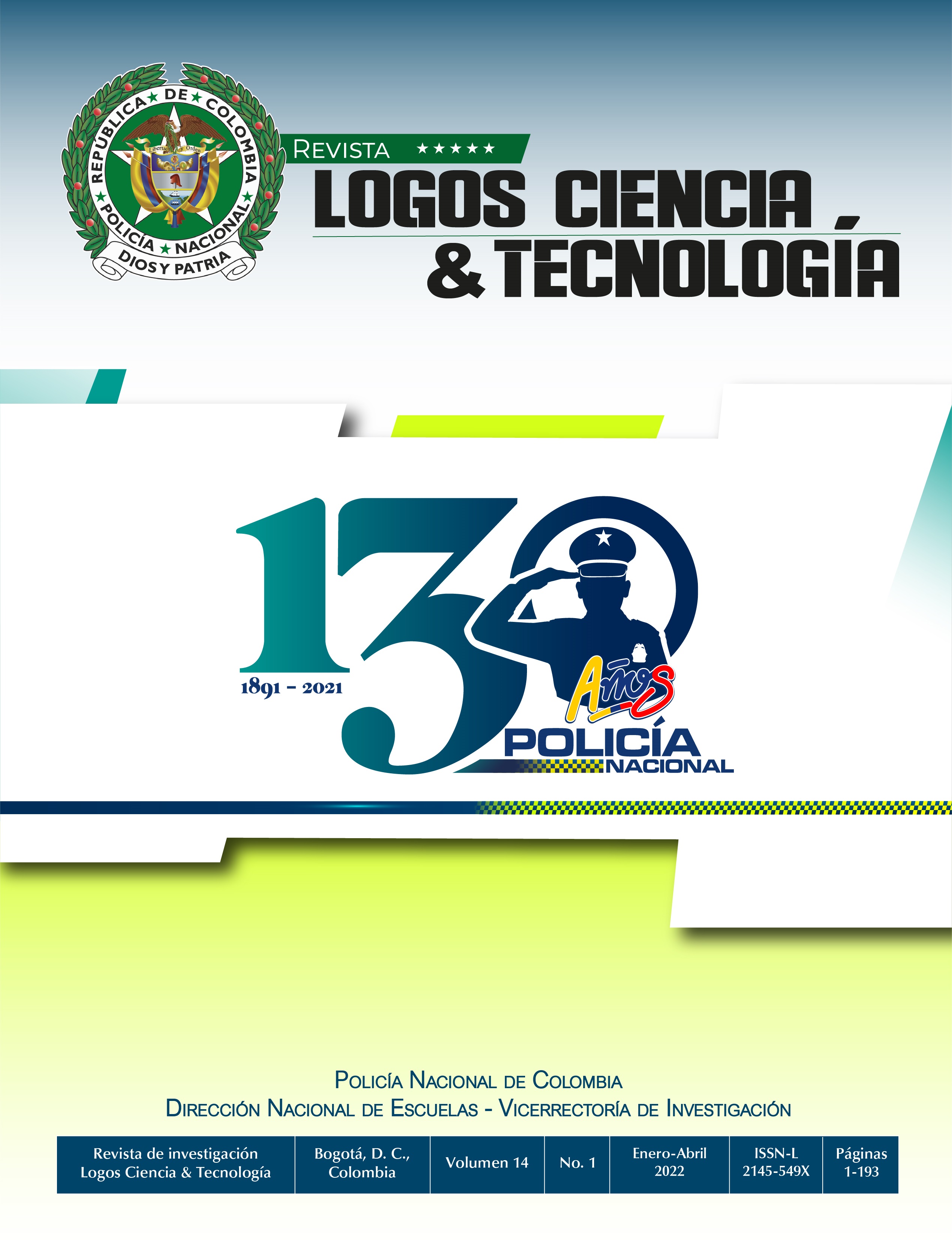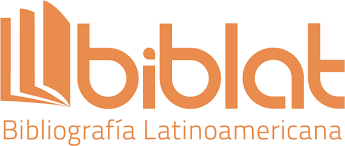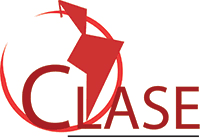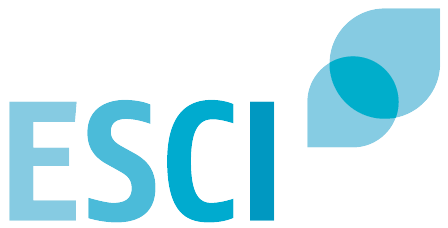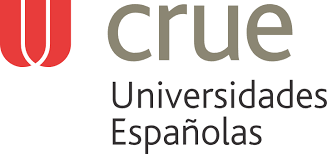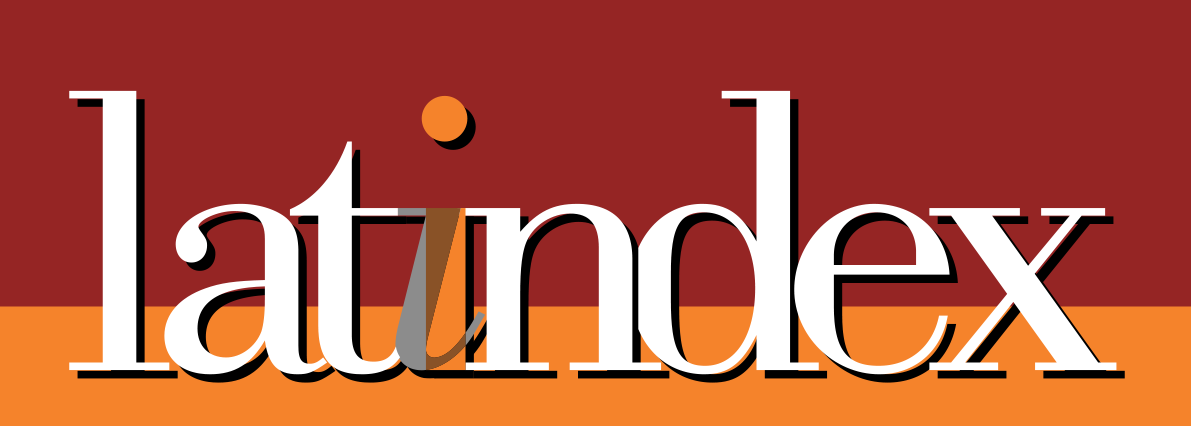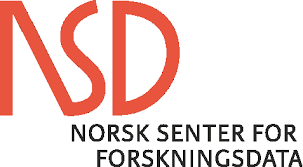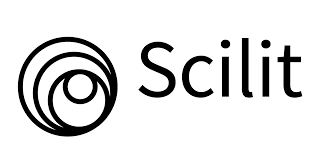Regional factors associated with non-compliance of coexistence norms in Colombia in times of Covid-19
DOI:
https://doi.org/10.22335/rlct.v14i1.1504Keywords:
isolation restrictions, social disorganization, collective efficacy, crime, Covid-19Abstract
The purpose of this work was to know the relationships between the non-compliance figures of seven restrictions imposed by social isolation due to Covid-19 (Behaviours Contrary to Coexistence, BCC) between March 16 and May 1, 2020, with the economic indicators of criminality, social network between 2015 and 2018, and contagions in 2020 in all 32 departments of Colombia and Bogota (n=33). The outcome was: a) a direct correlation between total rates of BCC and regional rates of crime against property, b) direct relations between more infringements by agglomerations and higher rate of accumulated infections by Covid-19, c) a greater negative emotional climate and a lower satisfaction with the police was associated with more infringements by agglomerations and the non-use of masks, d) a lower collective efficacy was associated with more violations due to unauthorized alcohol consumption, e) a greater communal coping was associated with fewer offenses due to alcohol consumption . Although the size of the correlations was moderate, the evidence supports the "broken window" and social disorganization theories.
Downloads
References
Aguirre-Castro, L.A. (2015). Eficacia colectiva y delincuencia: análisis de una muestra de jóvenes colombianos. Documento del Laboratorio de Psicología Jurídica de la Universidad Nacional de Colombia.
Alcaldía Mayor de Tunja (2020a). En Tunja no hay casos de Covid – 3 de marzo de 2020. https://www.tunja-boyaca.gov.co/noticias/en-tunja-no-hay-casos-de-covid19--o-coronavirus
Alcaldía Mayor de Tunja (2020b). Tunja, en máxima alerta para evitar contagios por Covid – 15 de julio de 2020. https://www.tunja-boyaca.gov.co/noticias/tunja-en-maxima-alerta-para-evitar-contagios-por-covid19
Barrios, J. M., Benmelech, E., Hochberg, Y. V., Sapienza, P. & Zingales, P. (2020). Civic capital and social distancing during the Covid19 pandemic. National Bureau Economic Research Paper Series. Paper 27320.
Bonetto, E., Dezecache, G., Nugier, A., Inigo, M., Mathias, J-D, Huet, S., et al. (2021) Basic human values during the COVID-19 outbreak, perceived threat and their relationships with compliance with movement restrictions and social distancing. PLoS ONE, 16(6), e0253430. https://doi.org/10.1371/10.1371/journal.pone.0253430
Couthino, J. A., Diviák, T., Bright, D. & Koskinen, J. (2020). Multilevel determinants of collaboration between organized criminal groups. Social Networks, 63, 56-69. https://doi.org/10.1016/j.socnet.2020.04.002
Deopa, N. & Fortunato, P. (2020). Coronagraben. Culture and social distancing in times of COVID-19. United Nations Conference on Trade and Development Research Paper 49.
Departamento Administrativo Nacional de Estadística (2018a, julio 12). Boletín Técnico: Pobreza Monetaria por departamentos en Colombia.
Departamento Administrativo Nacional de Estadística (2018b, mayo 3). Boletín Técnico: Pobreza Monetaria en Colombia.
Departamento Administrativo Nacional de Estadística (2020, mayo 23). Proyecciones de Población. https://www.Dane.Gov.Co/Index.Php/Estadisticas-Por-Tema/Demografia-Y-Poblacion/Proyecciones-De-Poblacion
Durante, R., Guiso, L., & Gulino, G. (2021). Asocial capital: Civic culture and social distancing during COVID-19. Journal of Public Economics, 194, 104342. https://doi.org/10.1016/j.jpubeco.2020.104342
El Tiempo (2020a, junio 15). Trapos rojos y bloqueos, protestas por hambre en varias zonas del país. El Tiempo. https://www.eltiempo.com/colombia/otras-ciudades/protestas-en-colombia-por-falta-de-alimentos-durante-la-cuarentena-por-covid-19-484898
El Tiempo (2020b, junio 6). Autoridades, en alerta por fiestas privadas durante la cuarentena. El Tiempo. https://www.eltiempo.com/bogota/autoridades-en-alerta-por-fiestas-privadas-durante-la-cuarentena-487132
Fuentes-Santos, I., Gonzaléz-Manteiga, W., & Zubelli, J.P. (en prensa). Nonparametric satiotemporal analysis of violent crime. A case study in the Rio de Janeiro metropolitan area. Spatial Analysis. https://doi.org/10.1016/j.spasta.2020.100431
Funk, P. & Kugler, P. (2003). Dinamyc interactions between crimes. Economic Letters, 79, 291-298. https://doi.org/10.1016 /S0165-1765(03)00002-8
Hipp, J. (2016). Collective efficacy: How is it conceptualized, how is it measured, and does it really matter for understanding perceived neighborhood crime and disorder? Journal of Criminal Justice, 46, 32-44. http://dx.doi.org/10.1016/j.jcrimjus.2016.02.016
Hooper, N., Erdogan, A., Keen, G., Lawton, K., & McHugh, L. (2015). Perspective taking reduces the fundamental attribution error. Journal of Contextual Behavioral Science, 4, 69-72. https://doi.org/10.1016/j.jcbs.2015.02.002
Hotez, P. J. (2020). Poverty and the Impact of Covid-19: The Blue-Marble Health Approach. Johns Hopkins University Press. Project MUSE. https://doi.org/10.1353/book.75688
Ichikawa, K., Fujiwara, T. & Kawachi, I. (2017). It takes a village: fixed-effects analysis of neighborhood collective efficacy and children’s development. Journal of Epidemiology, 27, 368-372. http://dx.doi.org/10.1016/j.je.2016.08.018
Instituto Nacional de Salud (2020, junio 1). Casos infectados de Covid-19 a 1 de mayo del 2020. https://www.elmundo.com/archivo/1-mayo-Colombia-covid-19.pdf
Jackson, N., Denny, S., Sherida, J., Zhao, J., & Ameratunga, S. (2016). The role of neighborhood disadvantage, physical disorder and collective efficacy in adolescent alcohol use: a multilevel path analysis. Health & Place, 41, 24-33. http://dx.doi.org/10.1016/j.healthplace.2016.07.005
Katriel, G. (2019). The dinamycs of two-stage contagion. Chaos, Solitons & Fractals: X. 2: 160016. https://doi.org/10.1016/j.csfx.2019.10 0 010
La República (2017, junio 14). Aguardiente pierde terreno dentro de consumidores colombianos. La República. https://www.larepublica.co/ocio/aguardiente-pierde-terreno-dentro-de-los-consumidores-colombianos-2807529
Maxson, C., Henningan, K. & Sloane, D.C. (2003). Factors that influence public opinion of the police. US Department of Justice.
Naciones Unidas (2020, junio 5). Coronavirus: la OMS recomienda el uso de mascarillas para toda la población pero advierte que pueden dar una falsa seguridad. https://news.un.org/es/story/2020/06/1475562
Observatorio de Drogas de Colombia (2017). Reporte de drogas de Colombia 2017. Gobierno de Colombia.
Organización Mundial de la Salud (2020, mayo 27). Brote por enfermedad del coronavirus (Covid-19): Orientaciones al Público. https://www.who.int/es/emergencies/diseases/novel-coronavirus-2019/advice-for-public
Pabayo, R., Grinshteyn, E., Avila, O., Azarael, D. & Molnar, B.E. (2020). Relation between neighborhood socio-economic characteristics and social cohesion, social control, and collective efficacy: Findings from the Boston Neighborhood Study. SSM – Population Health, 10, 100522. https://doi.org/10.1016/j.ssmph.2020.100552
Paéz, D., Espinosa, A. & Bobowick, M. (2013). Emotional climate: How is it shaped, fostered, and changed? En Hermans, D., Rimé, B. & Mesquita, B. (Eds.). Changing emotions (113-119). Road Hove: Pychological Press. https://doi.org/10.1371/10.4324/9780203075630
Perk, M., Donnay, K. & Helbing, D. (2013). Understanding recurrent crime as a system-immanent collective behavior. PLOS ONE, 8(10), e76063. https://doi.org/10.1371/journalpone.0076063
Quick, M., Li, G. & Brunton-Smith, I. (2018). Crime-general and crime-specific spatial patterns: a multivariate spatial analysis of four crime types at the small-area scale. Journal of Criminal Justice, 58, 22-32. https://doi.org/10.1016/j.jcrimjus.2018.06.003
República de Colombia (2016). Ley 1801 de 29 de julio. Por medio de la cual se expide el Código Nacional de Policía y Convivencia. Congreso de la República.
República de Colombia (2019). Ley 2000 de 14 de noviembre. Por medio de la cual se modifica el Código Nacional de Policía y Convivencia. Congreso de la República.
Robitaille, E. (2006). La part de la géographie dans la recherche sur les effects de quartier. Cahiers de Géographie du Québec, 50(101). https://doi.org/10.7202/014882ar
Ruiz-Pérez, J. I. y Aparicio, J. (2020). Análisis espacio-temporal del incumplimiento de normas legales sobre el confinamiento en Colombia por Covid-19. Revista Logos Ciencia & Tecnología, 12(3), 8-19. http://dx.doi.org/10.22335/rlct.v12i3.1251
Ruiz-Pérez, J. I., Chan-Gamboa, E. C., Morales-Quintero, L. A. & Reyes-Sosa, H. (2020). Community resilence scale: analysis of psychometric aspects and relationships with criminal victimization in Mexican university students. Interamerican Journal of Psychology, 54(1), e923.
Ruiz, J. I., López, E. J., Pineda, A. P. & Rodríguez, L. S. (2012). Percepción de seguridad en jóvenes colombianos. Social y Jurídica. V.1: Monográfico.
Ruiz, J. I. (2015). Resiliencia comunitaria: propuesta de una escala y su relación con indicadores de violencia criminal. Pensamiento Psicológico, 13(1), 119-135. https://doi.org/10.11144/Javerianacali.PPSI13-1.rcpe
Ruiz-Pérez, J. I. (2019). Percepciones sobre la Policía en un grupo de países iberoamericanos: relaciones directas y mediadoras con el miedo al crimen, la victimización y la eficacia colectiva. Revista Logos, Ciencia y Tecnología. 11(3), 195-205. https://doi.org/10.22335/rlct.v11i3.968
Sampson, R. J. & Bartusch, D. J. (1998). Legal cynism and (subcultural) tolerance of deviance: the neighborhood context of racial differences. Law and Society Review, 32(4), 777-804.
Sampson, R. J. (2003). The neighborhood context for well-be-ing. Perspectives in Biology and Medicine, 46(3), S53-S64.
Sampson, R. J. (2008). Vecindario y comunidad: eficacia colectiva y seguridad ciudadana. Serie Claves del Gobierno Local, (235-245). Alcaldía Mayor de Bogotá.
Vargas, M. (2020, julio 6). 35%, cifra mágica. El Tiempo. https://www.eltiempo.com/opinion/columnistas/mauricio-vargas.
Villarraga, A. (2018). Violencia paramilitar en la altillanura: autodefensas campesinas de Meta y Vichada. Centro Nacional de Memoria Histórica.
Downloads
Published
Issue
Section
License
Copyright (c) 2021 Revista Logos Ciencia & Tecnología

This work is licensed under a Creative Commons Attribution 4.0 International License.
This journal provides free and immediate access to its content (https://creativecommons.org/licenses/by/4.0/legalcode#languages), under the principle that making research available to the public free of charge supports greater global knowledge exchange. This means that the authors transfer the Copyrights to the journal, so that the material can be copied and distributed by any means, as long as the authors’ recognition is maintained, and the articles are not commercially used or modified in any way.
